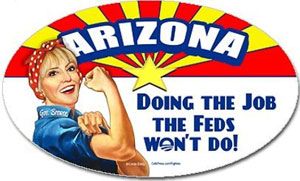Ryan Young & Jacqueline Otto
The American Spectator
8/9/2011
In 1787, there were four federal crimes. Now there are over 4,000. The Code of Federal Regulations runs over 157,000 pages. America is overlawyered and overregulated, and the economy is suffering for it.
Congressmen from both parties recognize this. But reform eludes them. It isn’t necessarily their fault. Congress’s institutional structure is geared towards passing laws and regulations, not repealing them. True reform needs to happen at the institutional level.
Economics has just the tool for identifying such reforms: price theory. It’s a lot simpler than it sounds. When something is cheap, it tends to be abundant. But when that something becomes expensive, demand goes down.
Right now, the “price” of passing a law or regulation is relatively cheap. Just look how many there are! But the “price” of repealing a law is steep. It caused a national uproar when a January executive order from President Obama led to the repeal of 30 regulations.
In an average year, Congress will pass about 200 bills and agencies will enact over 3,500 regulations. Each one is viewed as an accomplishment to be touted in front of cameras and microphones. It’s good for business. Voters like it when politicians “do something.” Agencies gauge their success by how much they spend and how many rules they pass, as opposed to actual accomplishments.
Repeal is much more politically expensive. Almost every program and regulation has its vocal defenders…
The article continues at The American Spectator.







